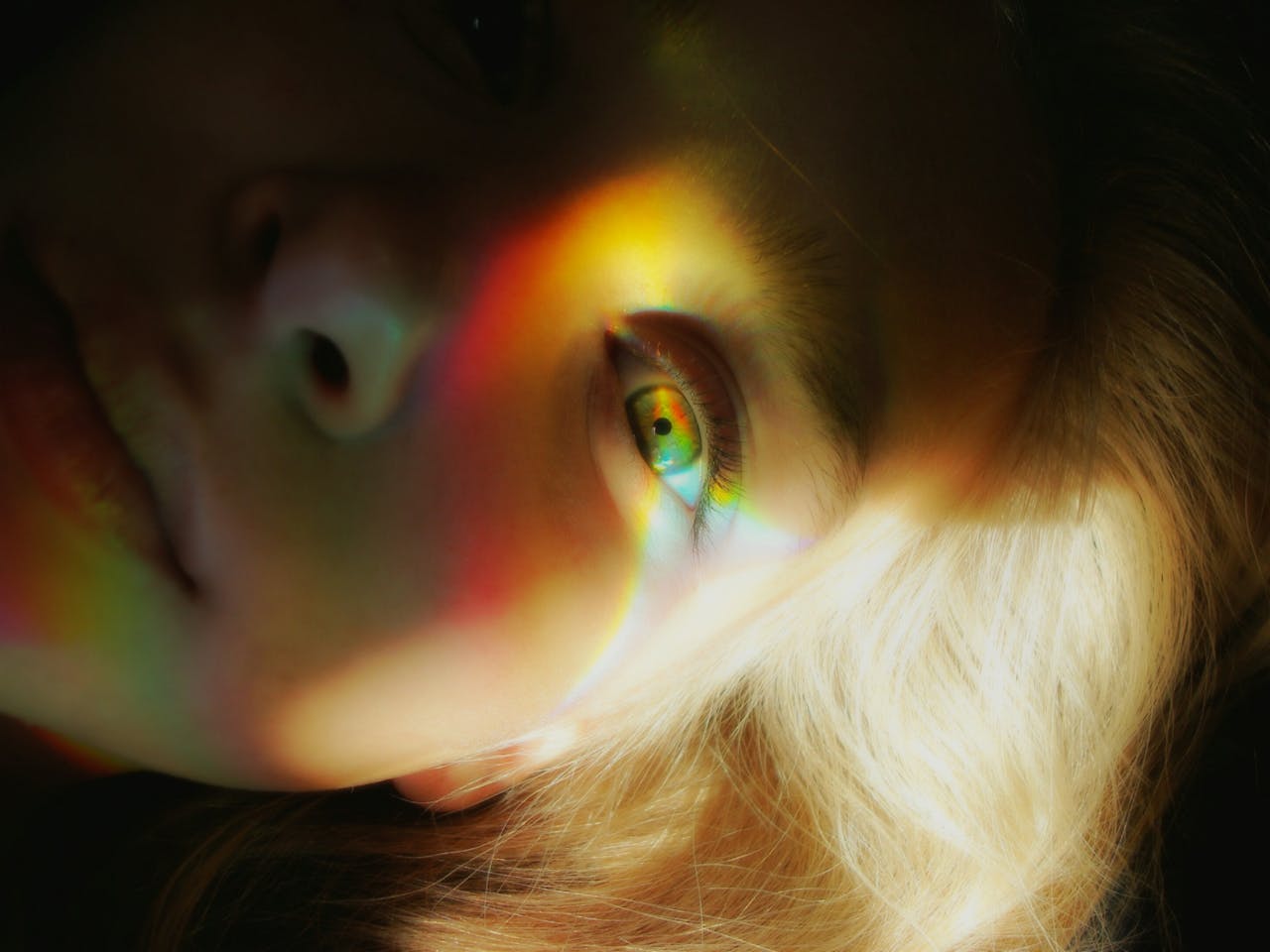Science
The Satellite Swarm Is Now a Threat, NASA Warns
17 December 2025

Subjects in a study saw a completely new color. Scientists named the hue "olo," and everyone who saw it claims they had definitively never witnessed it before. This is because a special laser must precisely manipulate thousands of cells in the human eye to perceive it. What shade is this completely new color, and what does this discovery tell us about our understanding of reality?
In the story of The Wizard of Oz, the Emerald City is so incredibly green that visitors must wear green spectacles for protection. Of course, this is the Wizard’s clever trick—the tinted glasses make the metropolis appear even greener than it is in reality. Scientists at Berkeley, inspired by the tale, also decided to trick the human eye. However, to achieve this, they had to go much further than simply adding spectacles. Ultimately, they discovered a new color.
Human color vision relies on three types of light-sensitive cells in the retina: S cones (detect blue wavelengths), M cones (green), and L cones (red). However, a paradox arose during our evolution. The ranges of light wavelengths that activate M and L cones overlap almost completely. A staggering 85 percent of the light stimulating M cones also activates L cones.
There is no wavelength of light in the world that would stimulate only M cones. I started wondering what a color would look like if it were possible to excite only all the M cells. Would it be the greenest green you have ever seen? — explains Professor Ren Ng of UCB, quoted on the university’s website. Ng and his team decided to answer this question. Thus, Oz was born.
Oz—named after the Wizard from the famous children’s novel—is a device used to manipulate human vision. The tool uses microscopic doses of laser light to individually control up to a thousand photoreceptors simultaneously.
However, before starting the experiment on a specific person, researchers must create a precise map of the photoreceptor distribution in their eye. This map is slightly different for every individual. Scientists used an optical system previously developed by researchers at the University of Washington for this purpose. Once the “eye map” for each of the five participants was ready, Oz could begin its work.
The device precisely scans the entire retina, and when it reaches the cone it needs to activate, it sends tiny pulses of energy. This allows only specific photoreceptors to be stimulated. The result is the perception of a color that, by all laws of nature, we should not be able to see.
Five people participated in the experiment, including professors Austin Roorda and Ren Ng. Participants described the olo color as blue-green or peacock green, but significantly more saturated than any known equivalents.
Hannah Doyle, who designed Oz and conducted the experiments, was not a test subject herself, but she managed to see olo color. She claims that after the hue faded, the normal color of the laser (which is green) briefly appeared yellow compared to olo.
When Doyle gently adjusted Oz’s settings so that the laser struck random cones, not just those receiving green, the participants immediately stopped seeing the olo color. Instead, their eyes were shown the laser’s ordinary green hue.
Oz is not just a futuristic toy. The research team is already finding applications for this technology in studies on eye diseases and vision loss.
Many diseases causing visual impairment are associated with the loss of cones. One application I’m currently testing is using cone-by-cone activation to simulate photoreceptor loss in healthy individuals. — explains Doyle.
Scientists are also considering whether Oz could help people with color blindness see colors normally. The technology also potentially enables people to see tetrachromatically—as if they had four types of photoreceptors instead of three.
However, Oz may help answer more fundamental questions: How does our brain perceive the surrounding world and interpret completely new signals? If we can stimulate the eye not by showing an image, but by manipulating an individual cell, the possibilities for further experimentation into the limits of human vision appear boundless.
Read this article in Polish: Stworzyli zupełnie nowy kolor. Ale „olo” to kolor, którego pewnie nie zobaczysz